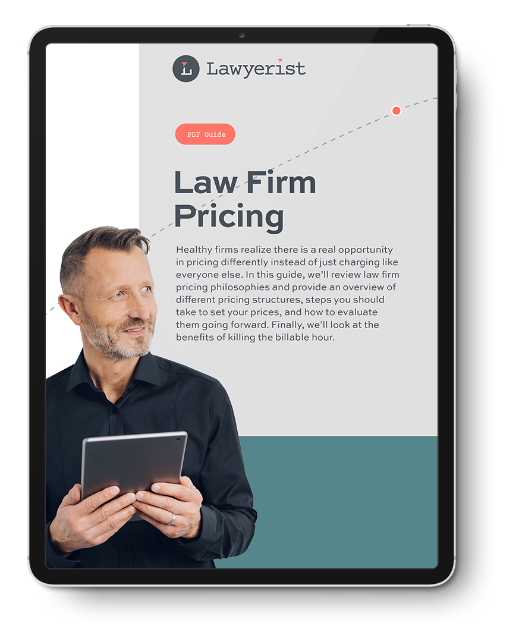When the Billable Hour Leaves Money on the Table
Our head Lab business coach, Stephanie, needed to hire a lawyer to help her husband’s business obtain a license. At the time, their application had stalled, and they couldn’t move the business forward until it was approved. Stephanie had practiced law for 15 years and had a sense of what she’d be willing to pay to solve this problem. She felt they would likely spend around $2,500 to get this problem solved.
The lawyer she selected not only had a solid reputation but also had a good relationship with the administrator assigned to their case. After she hired the lawyer, he didn’t discuss value or pricing. Instead, he defaulted to billing them by the hour.
A lawyer herself, Stephanie knew the dangers of the hourly billing, and it freaked her out. She didn’t want their new business to face a stiff bill so she kept her calls to him quick and offered to reduce her own affidavit to reduce his workload.
In the end, Stephanie’s apprehension was unwarranted. In fact, she got the better end of the deal. The lawyer used his reputation and relationship to solve their problem quickly and they received their license after a few phone calls. When the bill came, Stephanie nervously opened the envelope (because, yes it was a paper invoice mailed to her) and was pleasantly surprised to receive a bill of just $748.
In this case, because the lawyer decided to bill by the hour instead of on value, he left money on the table. Stephanie hadn’t hired him for his ability to send out briefs; she hired him because he had valuable information and connections for getting their application approved—something she was willing to pay $2,500 for.
